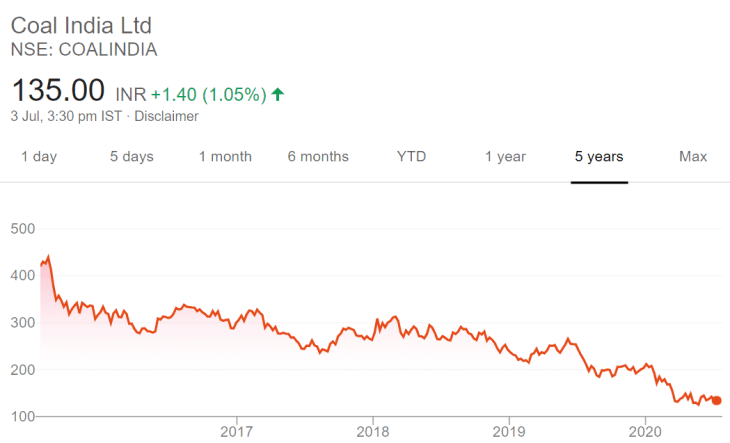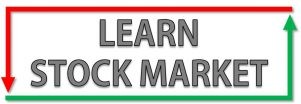Dividend Yield tells you how much dividend you will receive in comparison to the current price of the stock. The figure is calculated in percentage.
For example, if the current stock price of a company is ₹ 100 and the dividend declared is ₹ 10, then the dividend yield is 10%.
Dividend Yield Formula

Calculating the dividend yield ratio is simple. The annual dividend declared, divided by the current stock price is the dividend yield of the company. To get the percentage, multiply by 100.
Let’s take a real example.
Recently, ITC declared dividend of ₹ 10.15 per share.
Today (4th July 2020), the stock price of ITC is ₹ 207.55 per share.
Let’s apply the formula.
10.15 / 207.55 = 0.0489 x 100 = 4.89% (Dividend Yield of the company).
It’s as simple as that.
You can calculate the dividend yield of any company by yourself. Just visit Google and type “Reliance Dividend”. You will get the list of dividend that Reliance has declared.
Now check the current stock price of the Reliance share. Divide the dividend by the stock price and multiply by 100. There you go, you got the dividend yield of Reliance!
Try calculating the dividend yield of few other companies. When you do the calculation yourself, you will never forget what dividend yield is.
Does Dividend Yield Change?
The answer is yes. The dividend yield changes with stock price.
When the stock price rises, the dividend yield falls and when the stock price falls, the dividend yield rises.
Mathematically, the stock price and dividend yield always move in the opposite direction.
Is higher dividend yield better?
Dividend yield should never be the main reason for buying shares of a company. This is one of the biggest mistakes that several new investors make.
For example, Coal India is a company with a very high dividend yield. But the share price has fallen from ₹ 440 in 2015 to ₹ 135 in July 2020.

If you purchased Coal India for its high dividend yield, you would get your dividend of approximately 5-10 rupees per year, but the stock has crashed by 70% from its highs.
The question you need to ask before buying a high dividend yield company is – why are they paying such high dividends?
Some of the best companies in the world have never paid dividends. For example, Google has never paid dividends. Warren Buffet’s Berkshire Hathway has only paid dividend once and that was in the year 1967!
Other top companies like Apple have so much cash that they can afford to pay dividend as well as have money left to grow their business.
To understand this in simple words, let’s take another example.
You start a company and earn a decent profit at the end of the year. Will you keep your profits in the bank in a fixed deposit yielding 6% or will you reinvest the money back in your business?
The answer is simple: Only if you believe you can grow your business by reinvesting your profit, will you invest more money into it. Otherwise, it makes more sense to keep the excess cash in the bank.
It’s the same with stocks that you invest in. Out of the net profit a company earns, a part of it is given to shareholders.
Businesses that do not require a lot of capital to grow, or are already big enough to generate business without requiring additional capital expenditure are the ones that pay out dividends.
Once you understand this, you can analyse the business in more detail.
Analysis is important because there is no clear answer to whether a high dividend yield company is good or bad.
A company that has never paid dividend, need not be bad (like in the case of Google). However, you need to analyse where the company has reinvested its profits and what its future vision is.
Majority of good companies, reinvest most of their excess cash into growing their business and at the same time – reward shareholders by paying out a small portion as dividend.
These could be the best companies to invest in, as dividend is a sign of free cash flow into the business.
In short, read the company’s annual reports, understand the business better and do not invest just because the dividend yield is high.


Leave a Comment